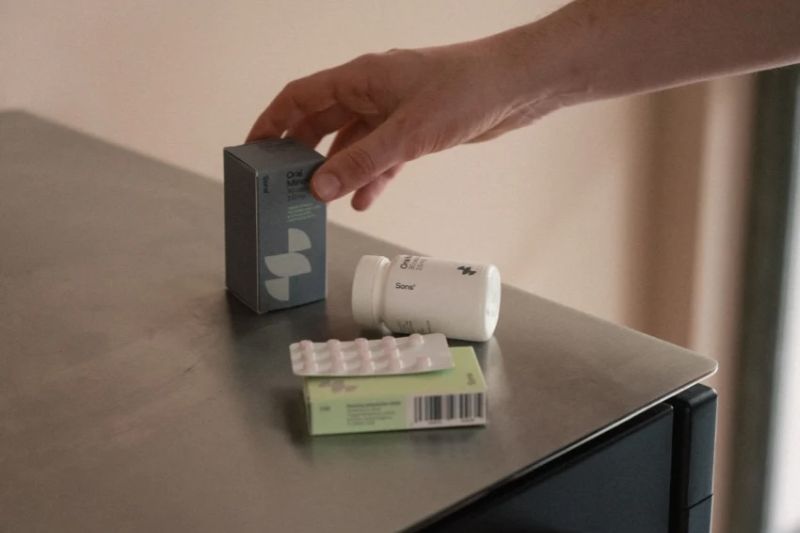Returns fraud is becoming a bigger problem for retailers each year. This is partly driven by the anonymous feel of ecommerce interactions, and the returns process being made easier to improve customer experience. From empty parcel scams to worn clothing being returned as “new”, bad-faith actors continue to look for ways to exploit returns policies.

Our insights show that around 2.2% of returns this year have been identified as fraudulent. This may seem like a small percentage, but for one fashion retailer we work with, it translates into an estimated $30-50 million in fraudulent returns each year.
It’s not just a financial issue. It also creates an operational and logistical burden, with transport costs, warehouse space, and the process of managing disputes adding an extra layer of complexity.
There are regional and seasonal nuances too. Ireland is currently seeing the highest rate of returns fraud in our network: 8.1% year-to-date. July is typically the month where returns fraud tends to spike.
The many forms of returns fraud
There are a number of different ways that consumers commit returns fraud. Some return completely different items to the product they originally purchased. For example, we’ve received bottled water and old books in place of brand-new shoes. Others send back damaged items and claim they are in “perfect” condition. Parcel fraud is another form, including sending empty boxes or claiming returns have been sent when they haven’t.
The most common type of fraud we see is “wardrobing”, where shoppers use an item and return it in a condition that makes it non-resellable. This is often clothing, but can also happen with electronics. These cases can be harder to detect without a thorough inspection, and come at a high cost. Not just for refund, but also in the unsellable inventory retailers are left with.
Hidden costs
Beyond the immediate loss of the item or refund, there are hidden costs for retailers. In many cases, fraudulent returns aren’t flagged until they reach central distribution centres, meaning retailers are paying unnecessary transport costs to ship used or worthless goods across long distances.
Then there’s storage. In many regions, customers have the right to request disputed items back, so retailers need to store the goods for at least 60 days, just in case. Even if the item does ultimately get returned to the consumer at their expense, the operational cost of managing the process still falls on the retailer.
How to tackle returns fraud without damaging customer trust
Fighting returns fraud without slowing down the returns process or losing customer loyalty is a serious business challenge for retailers – but it is possible with the right strategy.
The first step is to make it harder for fraudulent returns to be rewarded. That means having the capability to withhold refunds, and the right process in place to do it. Removing the reward makes fraudulent attempts less likely.
However, customer experience is still critical, so genuine refunds can’t be delayed. This is a tough balancing act, and the answer lies in decentralisation.
Using a decentralised network is especially beneficial here. This means that packages can be processed locally, and retailers can be checked more quickly. This enables near-instant validation. If everything is in order, the customer gets a fast refund. If something looks suspicious, the item is flagged and photographic evidence can be collected. This enables the retailer to make a quick and fair informed decision on next steps.
Technology is another key tool. Data analytics, and sometimes Artificial Intelligence and machine learning tools, can be used to identify patterns of suspicious returns. This could be a single customer regularly claiming that items are arriving damaged, or repeatedly returning high-value items. Returns verification systems can automatically flag these anomalies to make sure that manual reviews take place before a refund is issued.
Integrating digital data with physical checks adds another layer of protection. If an item is returned as “brand new” but shows visible signs of wear, that data can be tied to the customer profile and used to update future return eligibility. It’s not about making returns harder for the customer, it’s about making them smarter overall.
Customers still want a seamless, quick returns and refund process. They also expect retailers to act responsibly. Brands that act now to strengthen their defences against returns fraud, with an approach that blends strong data and physical checks, can do so without the need to compromise customer experience.
Returns fraud may have been on the rise in recent years, but with the right strategy in place, it can be an opportunity to create a smarter returns process, protect revenue, and maintain the customer experience and brand loyalty that retailers work so hard to build.
Mike Viscione, sales and partnerships lead at ReBound Returns






